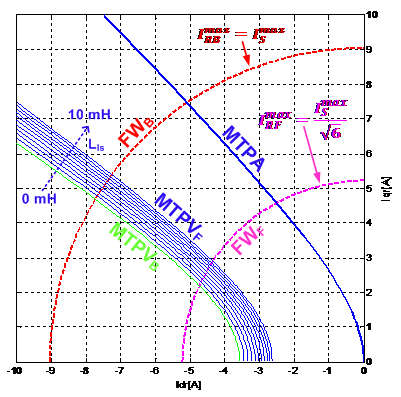Energy-efficient design and control of electrical drives are of paramount importance for reducing the environmental impact of human activities.
The European Commission, in the SAVE project, has highlighted the possibility of reducing by 29% the amount of energy consumed by electrical drives by means of simple investments whose payback time is less than three years.
If we consider that electrical drives account for about half of the manufacturing sector’s delivered electricity, it can be easily understood how vital is for future generations the availability of low-cost, high efficiency drives. In fact, the dependance on fossil fuels cannot be reduced by only increasing the amount of energy extracted from renewable energy sources for obvious technical reasons.
By considering the whole electrical drive as a system and by properly controlling it, we are able to provide considerable improvements in terms of energy consumption and performances. Advanced current profiling techniques allow us to maximise torque production while minimising power consumption, even in case of faulted drives.
